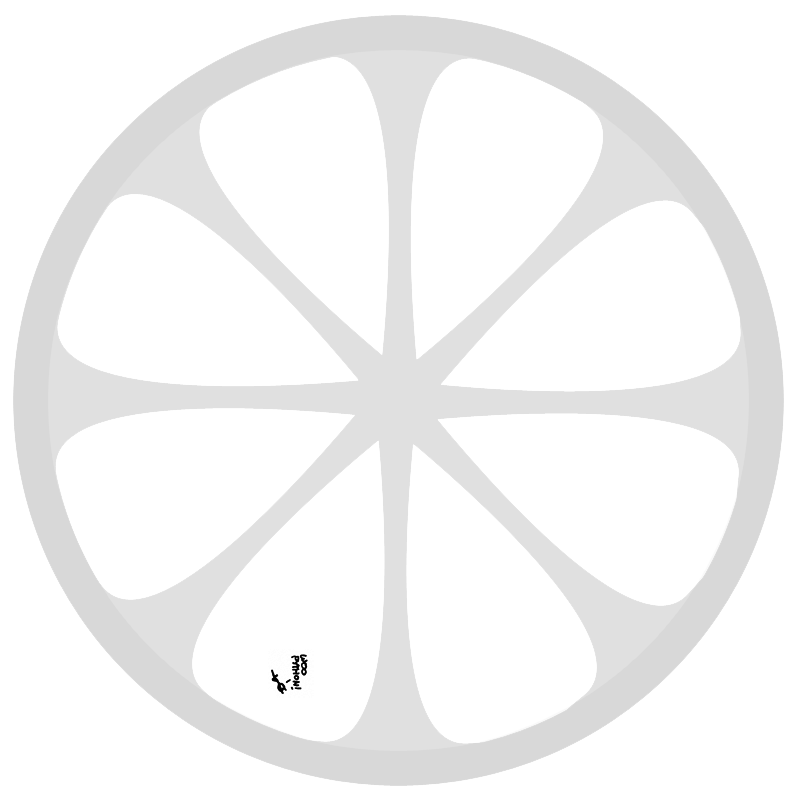A long time ago I saw a challenge on a Python forum about writing a Rock-Paper-Scissors bot that performs better than a random bot.

(ns markov-stone)
;{:won {:same 0, :inferior 0, :superior 0}, :lost {:same 0, :inferior 0, :superior 0}, :draw {:same 0, :inferior 0, :superior 0}}
(defn roulette [slices]
(let [slices (sort-by val slices)
total (reduce + (vals slices))
r (rand total)
cumulative (map vector (keys slices) (reductions + (vals slices)))]
(first (first (drop-while #(< (last %) r) cumulative)))))
(defn guess [markov prev state]
(let [inferior {:s :p, :p :r, :r :s}
superior (clojure.set/map-invert inferior)
pred (->> markov
state
roulette)]
(case pred
:same (superior prev)
:superior (inferior prev)
:inferior prev)))
(defn check [user cpu]
(if (= user cpu)
:draw
(if (= user (cpu {:s :p, :p :r, :r :s}))
:lost
:won)))
(defn relation [prev cur]
(if (= prev cur)
:same
(if (= prev (cur {:s :p, :p :r, :r :s}))
:superior
:inferior)))
(defn play [markov prev state score]
(println "Choose your weapon[r/p/s]!")
(if-let [user (#{:r :p :s} (keyword (read-line)))]
(let [names {:r "ROCK" :p "PAPER" :s "SCISSORS"}
cpu (guess markov prev state)
result (check user cpu)
score (case result
:won (inc score)
:lost (dec score)
:draw score)]
(println (names cpu))
(println "Game is" (name result) "- Score:" score)
(recur (update-in markov [result (relation prev user)] inc) user result score))
(do
(println "Invalid input; Final score:" score)
markov)))
(println (play {:won {:same 20, :inferior 17, :superior 16}, :lost {:same 16, :inferior 13, :superior 38}, :draw {:same 23, :inferior 18, :superior 21}} :r :draw 0))